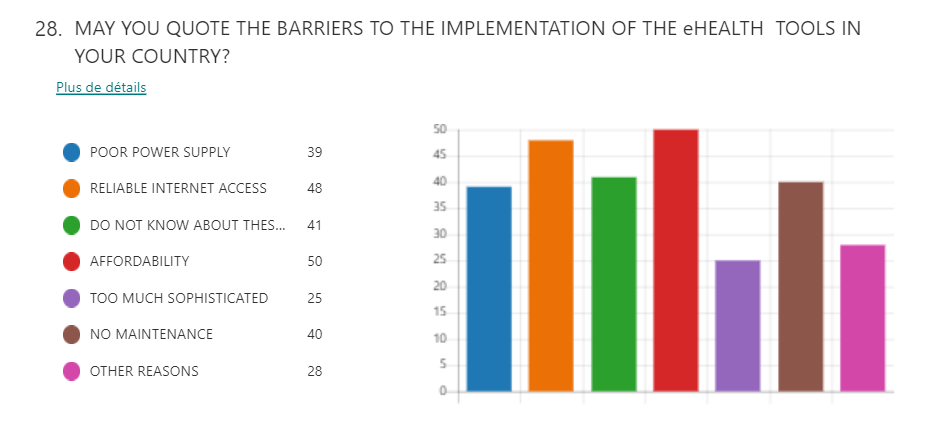New survey finds that most anaesthesia professionals want access to eHealth services, but key barriers result in its underutilisation in anaesthesia departments.
During the 71st World Health Assembly in 2018, the WHO invited countries to consider widespread digital solutions for improving access to care (Agenda Item 12.4). Following discussions at the World Congress of Anaesthesiologists in 2021 WFSA’s Ad Hoc Equipment Committee undertook a global survey to collect data on the use of eHealth tools among anaesthesia professionals.
As the study states, eHealth is the “use of information and communication technologies (ICT) for health. It includes services such as telemedicine, telemonitoring, teleconsulting, or telementoring, with the aim to ensure that healthcare is provided most effectively and efficiently to as many people as possible.”
eHealth has been endorsed to improve the quality of healthcare across multiple specialties, including anaesthesia. The programmes have the potential to, for example “alleviate some of the burden on [anaesthesia] providers by delivering written and audiovisual information about the potential risks of anesthesia, the procedure, and preparation requirements.”
Reviewing 113 providers from 50 (mainly low-income) countries, WFSA’s Ad Hoc Equipment Committee’s found some key findings regarding eHealth:
- 91.5% reported that eHealth tools are available in their country
- 62% of respondents reported that eHealth is used in their medical facility
- Only 36% of respondents reported that eHealth is used in their anaesthesia department

Most respondents said they believed that eHealth had the potential to significantly change anaesthesia practice. The majority also said they would use it if it was available in their country. However, findings show that it isn’t necessarily well-developed in respondent medical facilities and is poorly utilised in anaesthesia departments.
These are some key factors that the survey found restricted eHealth development:
- The affordability of eHealth
- The quality of internet access
- The reliability of the power supply at the site
- A lack of knowledge of eHealth tools

Over the next 12 months, these statistics and key barriers will inform the WFSA’s position on eHealth, and the approach for advocating its adoption in Low-and Middle-income countries.
As Chair of WFSA’s Ad Hoc Equipment Committee and Research Lead, Dr Philippe Mavoungou made the following comments about the survey findings and the potential of eHealth:
“These results show the interest of the anaesthesia community in eHealth and encourage us to move further in the promotion of these tools in our specialty. The diversity of the eHealth tools and the overlapping of many of them, open wide avenues for development and integration.”
WFSA has a range of free-to-access online education and mentorship resources including, the Anaesthesia Tutorial of the Week (ATOTW), the Update in Anaesthesia (UIA), as well as the WFSA Global Mentoring Programme.
Further reading:
Role of Telemedicine in Anesthesia: Are We Ready Yet?
Virtual Medicine: Telemedicine for the Anesthesiologist (Infographic)
Optimizing Patient Preparation and Surgical Experience Using eHealth Technology






